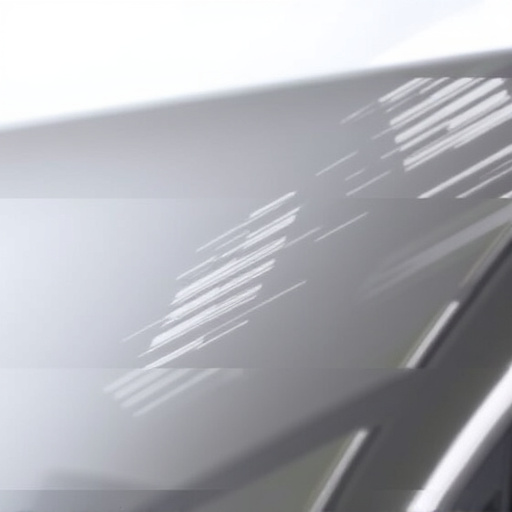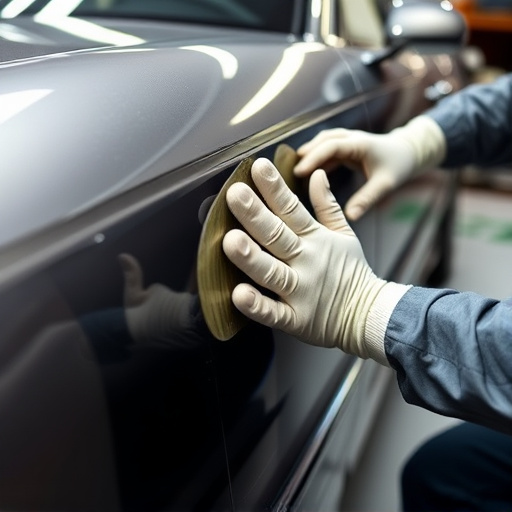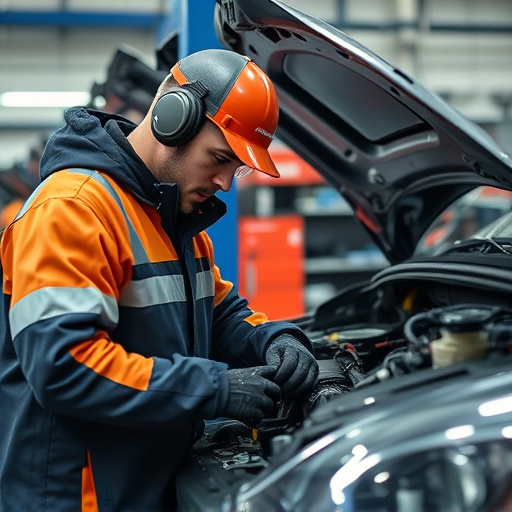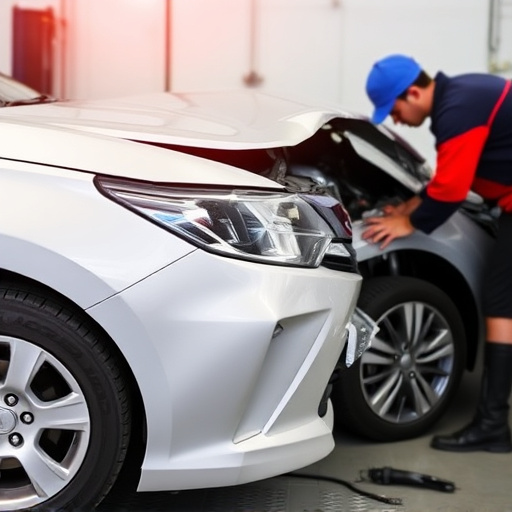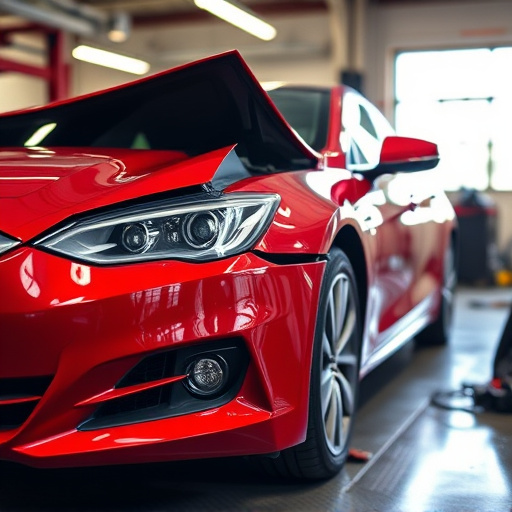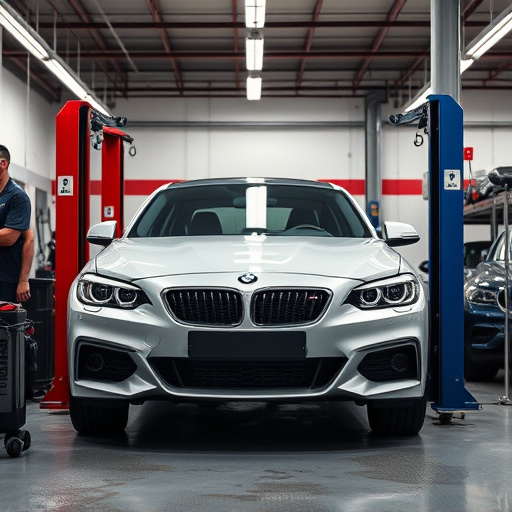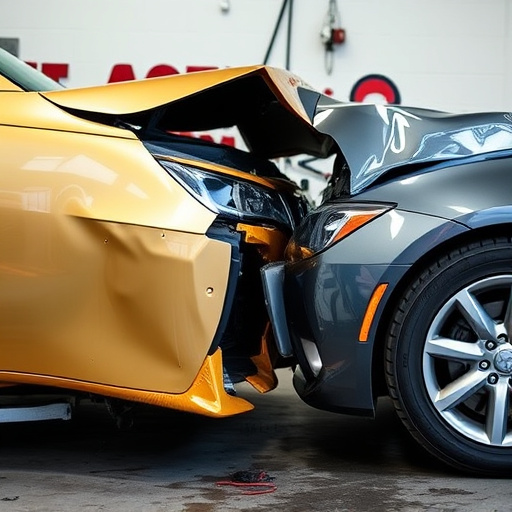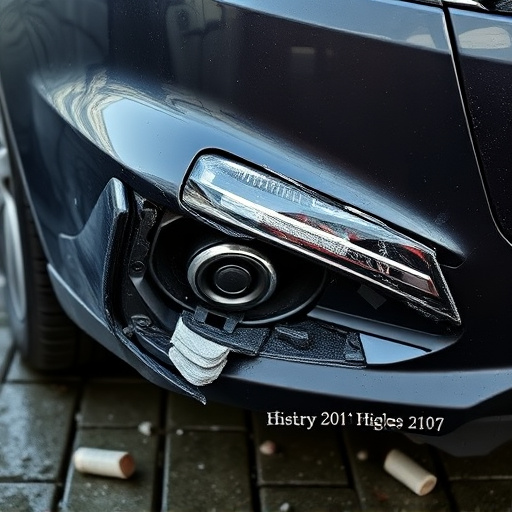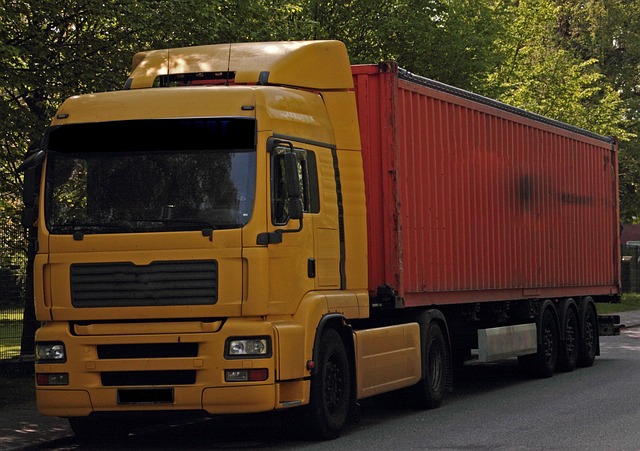Vehicle crash repair involves meticulous assessment and tailored techniques, including straightening metal and advanced technologies, to ensure structural integrity and safety. Structural Integrity Certification guarantees vehicles meet high safety standards post-crash. Reputable collision centers employ skilled technicians using advanced equipment for precise repairs, implementing rigorous quality control measures throughout the process to restore vehicles to pre-accident condition.
Vehicle crash repair is a critical process ensuring safety and structural integrity. When a vehicle undergoes an accident, understanding the repair processes is key to restoring it to its pre-crash condition. This article delves into the intricacies of vehicle crash repair, focusing on the importance of Structural Integrity Certification. We explore how this certification guarantees that repaired vehicles meet safety standards, utilizing advanced techniques to ensure quality and reliability in every aspect of the crash repair process.
- Understanding Vehicle Crash Repair Processes
- The Role of Structural Integrity Certification
- Ensuring Safety and Quality in Repair
Understanding Vehicle Crash Repair Processes
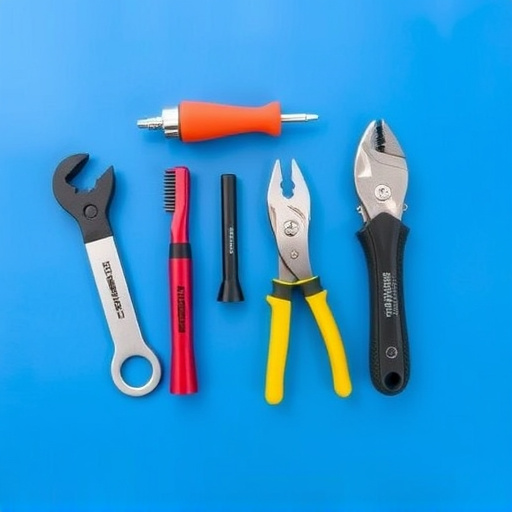
Vehicle crash repair is a complex process that requires skilled technicians and specialized equipment to ensure structural integrity and safety. It’s not merely about fixing dents or replacing parts; it involves a series of meticulous steps to restore the vehicle to its pre-crash condition. The first step is an extensive assessment, where damage to various components like the frame, body panels, bumper repair, and auto glass replacement are meticulously evaluated. This critical phase determines the scope of work and the best course of action for each affected area.
Automotive collision repair professionals then employ a range of techniques tailored to the specific damage. This can include straightening bent metal, replacing cracked or damaged parts, and realigning components to ensure proper structural alignment. Advanced technologies such as computer-aided design (CAD) and 3D scanning are often utilized to precise measurements and accurate repairs. Throughout the process, safety is paramount, with strict adherence to industry standards and guidelines ensuring that vehicles meet the highest safety criteria after crash repair.
The Role of Structural Integrity Certification
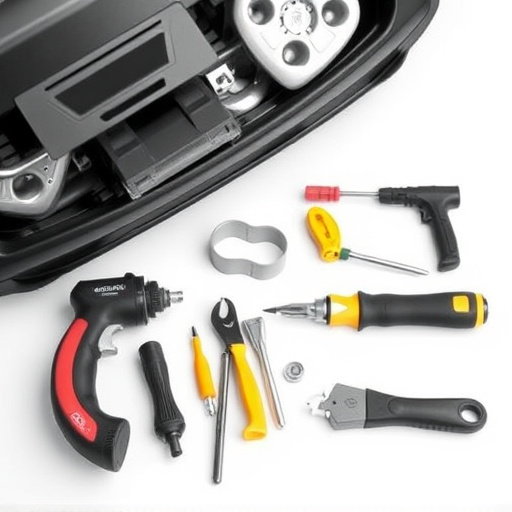
When it comes to vehicle crash repair, Structural Integrity Certification plays a pivotal role in ensuring safety and quality. This certification process meticulously evaluates the structural soundness of vehicles involved in collisions, be it a minor fender bender or a severe accident. It involves a series of rigorous tests designed to verify that all components, from the chassis to individual panels like those in automotive body work, maintain their original strength and integrity.
This certification is crucial for several reasons. Firstly, it guarantees that vehicles repaired after a collision meet the same safety standards as new ones. Secondly, it helps streamline the repair process by providing a clear roadmap for technicians performing automotive body work. Lastly, it offers peace of mind to vehicle owners, assuring them that their cars are safe to drive following any type of crash, even minor ones often referred to as fender benders.
Ensuring Safety and Quality in Repair
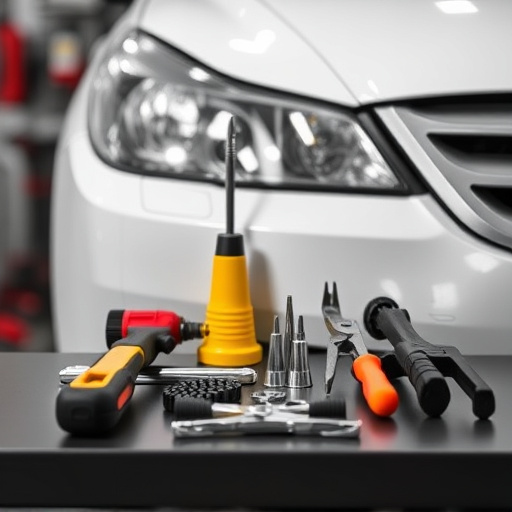
In the realm of vehicle crash repair, ensuring safety and quality is paramount. The process involves meticulous evaluation and careful restoration to maintain structural integrity, which is crucial for the well-being of drivers and passengers. Reputable collision centers employ highly skilled technicians who utilize advanced equipment and techniques for accurate measurements, precise repairs, and seamless finishes. This not only guarantees that the vehicle meets safety standards but also restores it to its pre-accident condition, addressing issues like car dent removal and autobody repairs effectively.
A well-certified crash repair facility incorporates rigorous quality control measures throughout the restoration process. From initial assessments to final inspections, every step is designed to uphold excellence. This involves using certified structural integrity testing methods to verify that all components are in optimal condition. Consequently, vehicles repaired in such centers can be trusted for their structural soundness, providing peace of mind for those who rely on them daily. Whether it’s minor dents or significant collision damage, a well-run collision center ensures that every repair is executed with the utmost care and precision.
Vehicle crash repair is a complex yet crucial process that demands precision and expertise. As discussed, understanding the intricacies of these repairs is essential for ensuring structural integrity and safety on the road. With proper certification, repair facilities can maintain high standards, providing peace of mind to customers whose vehicles have been affected by accidents. By adhering to these practices, we promote a safer automotive industry, where vehicle crash repair becomes an art of restoration and protection.

